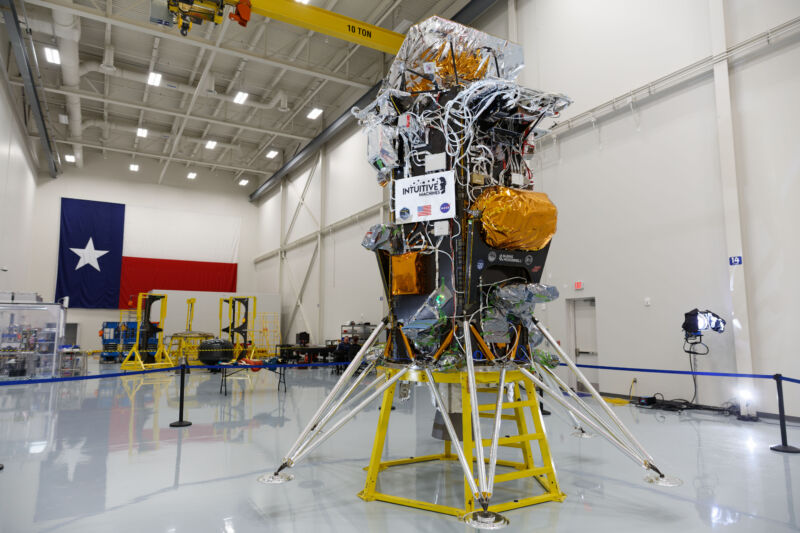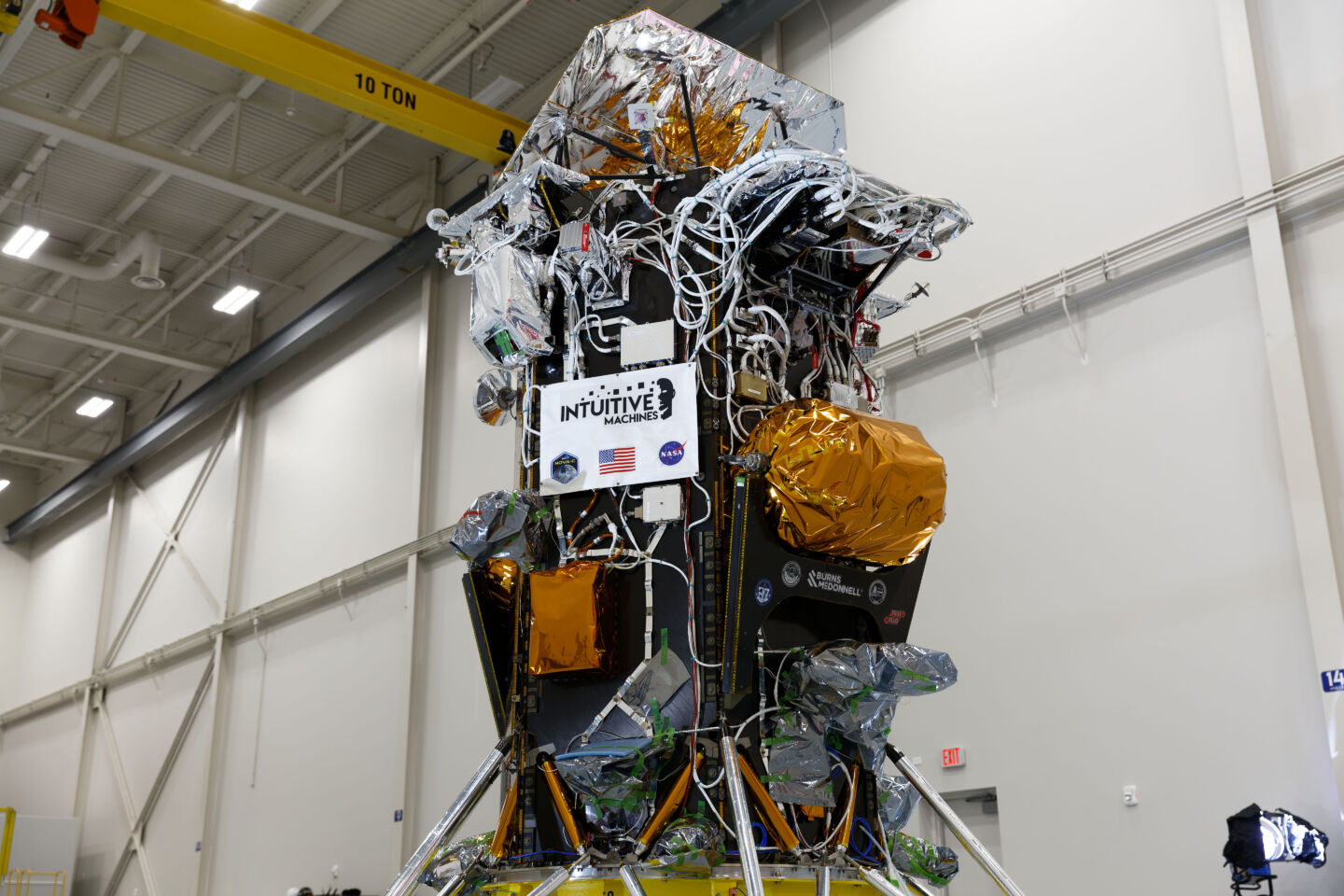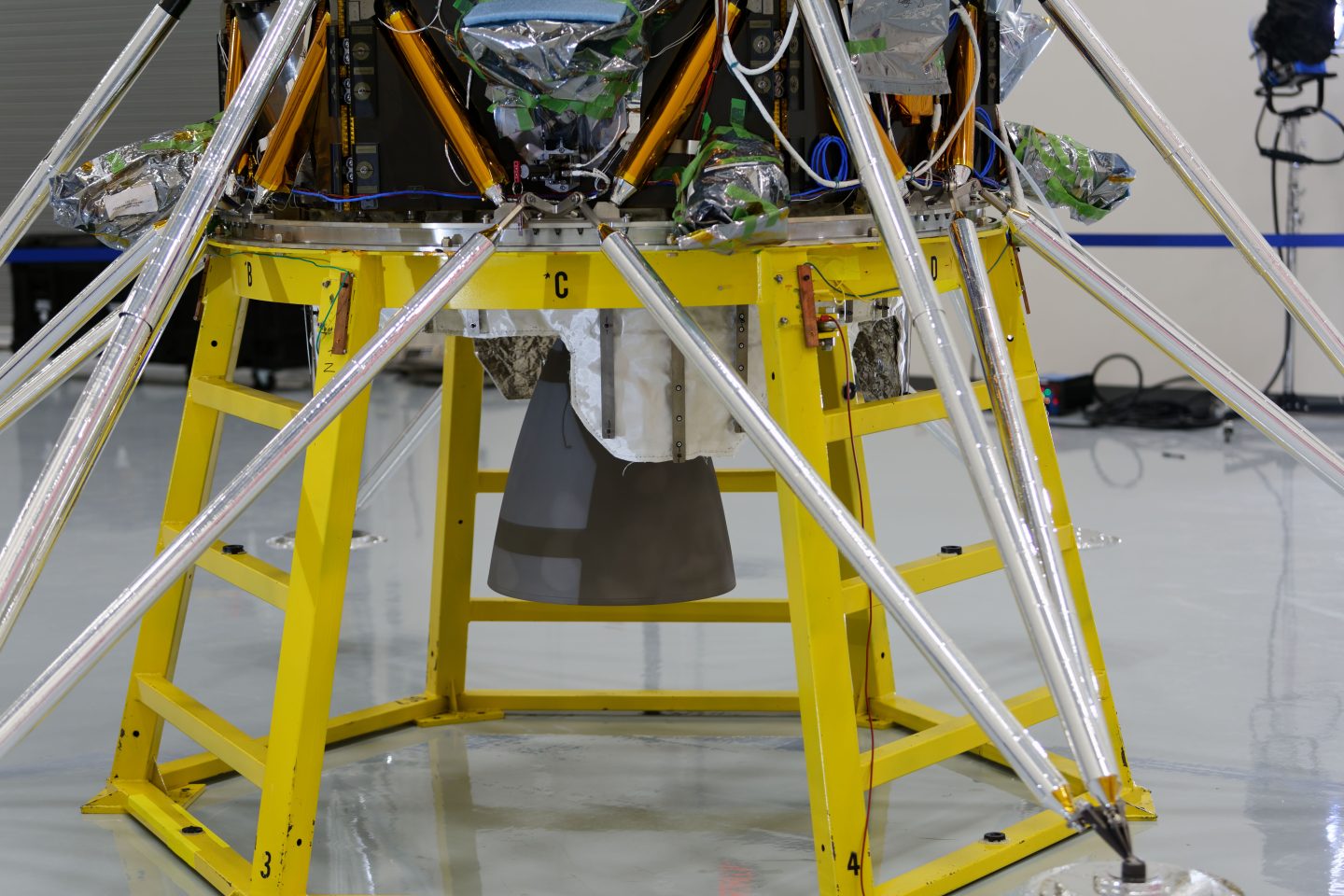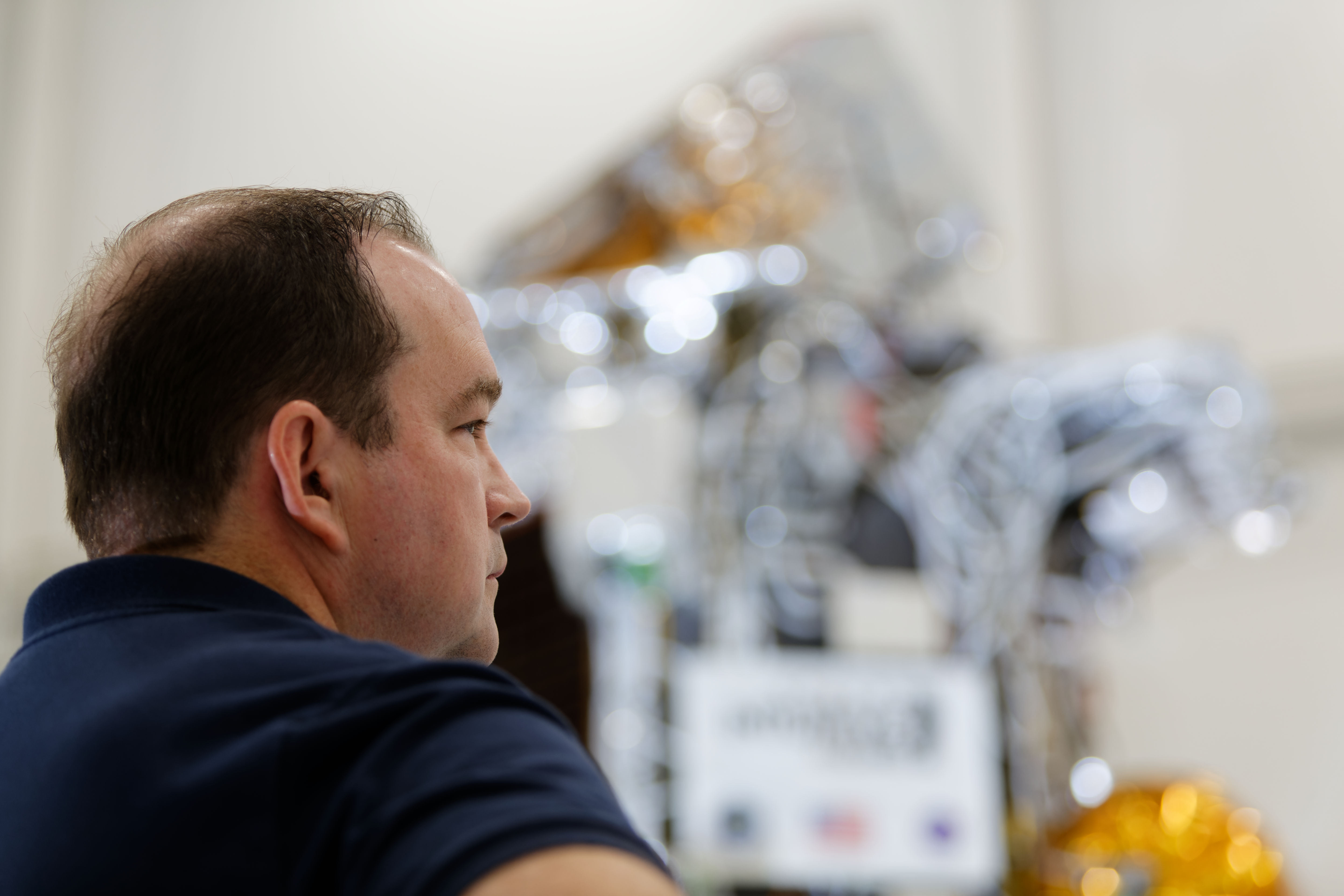
HOUSTON—It has been 18,558 days since the United States landed a spacecraft on the Moon.
And counting.
NASA has not sent a spacecraft to make a soft landing on the Moon since the Apollo 17 mission in December 1972. Since that time, the Soviet Union, China, and India have successfully landed there, but the United States has gone elsewhere. There are various reasons for this, including a sharp focus by NASA on exploration of Mars. But now that is finally about to change.
I am standing in a gleaming facility in Houston, a few kilometers from the storied Johnson Space Center, in a facility formally known as the Lunar Production and Operations Center. It is where a small company called Intuitive Machines builds machines designed to land on the Moon. And standing before me, 4.3 meters tall, is a real-life lunar lander.
Like, seriously. This sucker will be launched within a month or two on a Falcon 9 rocket. And one way or another, it is going to the Moon. Maybe it will crash. Maybe it will make its desired soft landing. But one way or another, the United States is finally getting back into the Moon game.
It has been far too long.
The Moon is a harsh mistress
NASA and the United States are part of a global rush back to the Moon. Broadly, there are two large programs—Artemis, led by NASA with dozens of international partners, and a Chinese effort—to land astronauts near the south pole of the Moon and establish something approaching a sustained or even permanent presence there.
But in the interim, there are several nations and private companies that have, or will soon, attempted to land on the Moon. In the last four years, small Israeli, Russian, and Indian landers have all crashed into the Moon; a commercially developed Japanese lander also met an unhappy fate, and most recently in August, India's second lunar lander succeeded in making a soft touchdown in the southern hemisphere.
-
 The top deck solar array is canted up 30 degrees to catch the low Sun angle near the south pole of the Moon.Lee Hutchinson
The top deck solar array is canted up 30 degrees to catch the low Sun angle near the south pole of the Moon.Lee Hutchinson -
 The lander's engine will need to fire for nine minutes to make a successful landing.Lee Hutchinson
The lander's engine will need to fire for nine minutes to make a successful landing.Lee Hutchinson -
 The lander has a base of about 4 meters.Lee Hutchinson
The lander has a base of about 4 meters.Lee Hutchinson -
 Nova-C is ready to be buttoned up and shipped to Florida for launch.Lee Hutchinson
Nova-C is ready to be buttoned up and shipped to Florida for launch.Lee Hutchinson -
 Hopefully the force is with Intuitive Machines.Lee Hutchinson
Hopefully the force is with Intuitive Machines.Lee Hutchinson
Steve Altemus, the co-founder of Intuitive Machines and the company's chief executive, has watched all these efforts closely. "What we're trying to do is really difficult" he acknowledged on Tuesday, as we talked a few meters from the company's Nova-C lander.
Although NASA plans to send humans to the Moon later this decade, it is starting smaller, with commercially led missions like the Nova-C lander. In 2018, the space agency created a program called the Commercial Lunar Payload Services (CLPS) to purchase lunar missions from the private sector. At the end of May 2019, NASA announced that Astrobotic had won a fixed-price contract worth $79.5 million and that Intuitive Machines won a contract worth $77 million. These were fixed-price awards to land some of NASA's science payloads on the lunar surface.



3175x175(CURRENT).thumb.jpg.b05acc060982b36f5891ba728e6d953c.jpg)

Recommended Comments
There are no comments to display.
Join the conversation
You can post now and register later. If you have an account, sign in now to post with your account.
Note: Your post will require moderator approval before it will be visible.